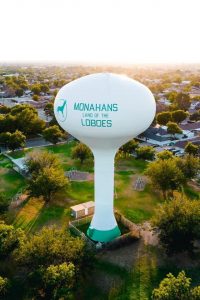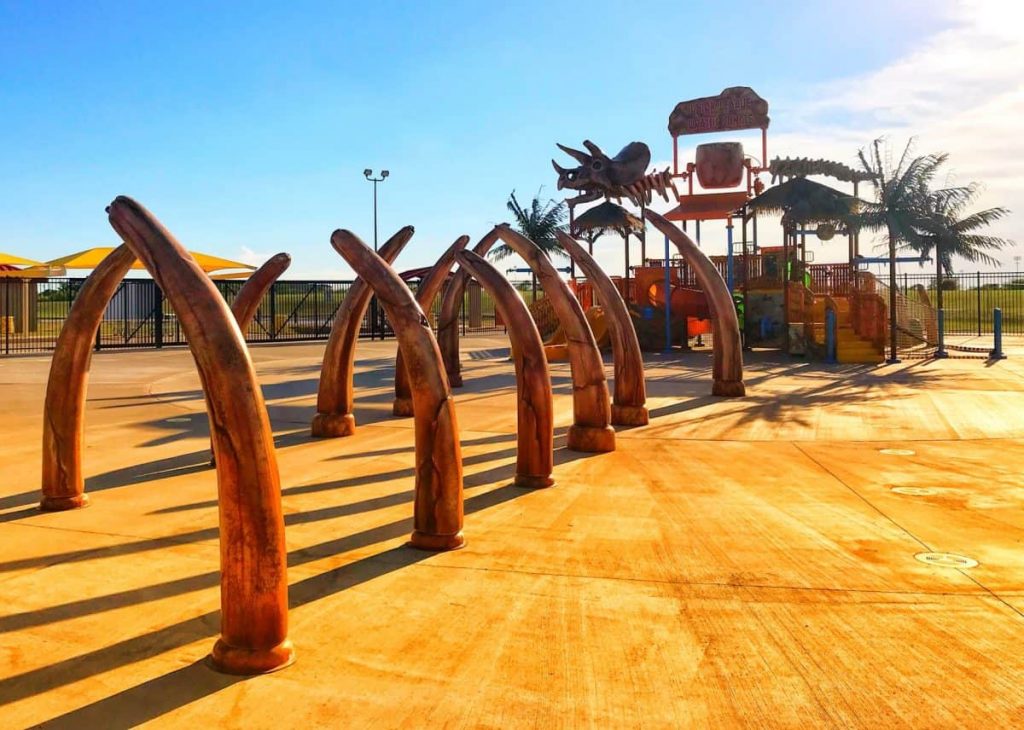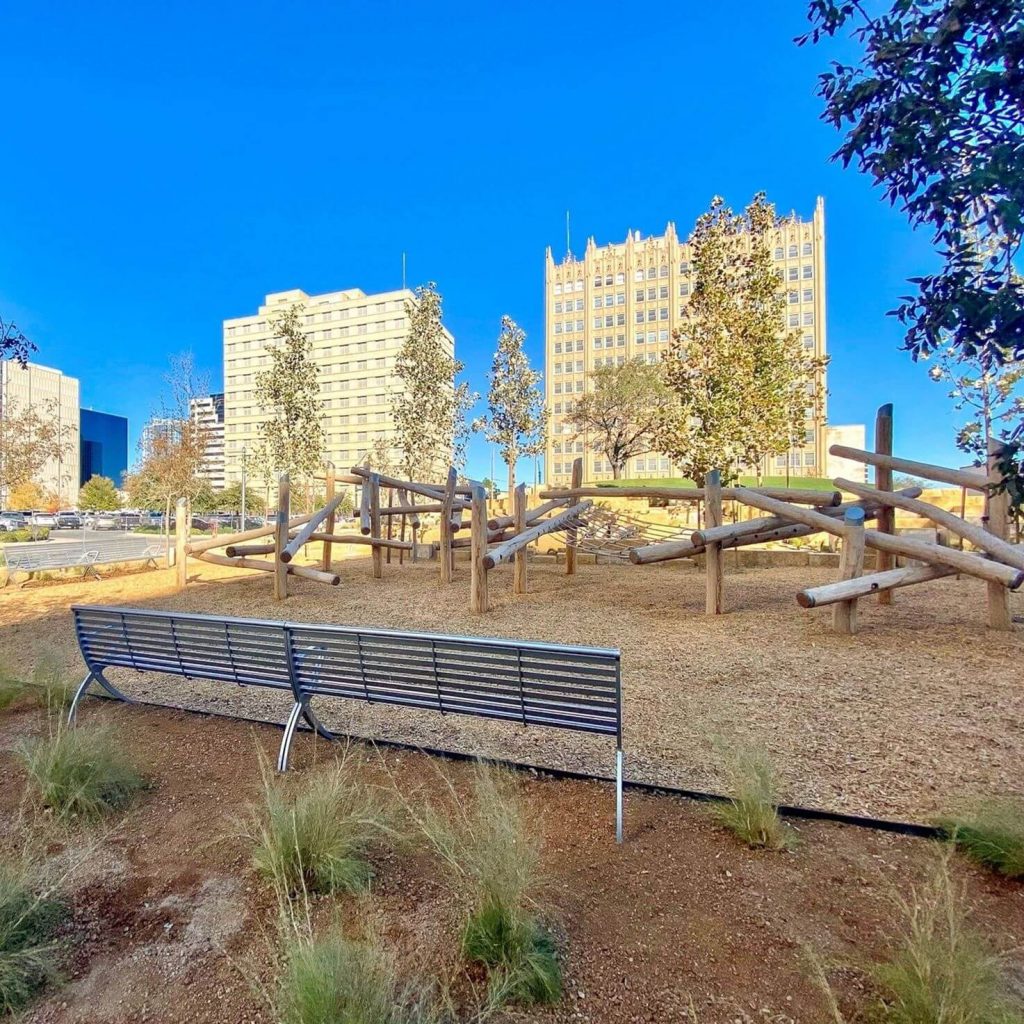I’m going to provide a spoiler alert up front: I love living in the Permian Basin and believe the already high quality of life is only growing. The ethos of the Permian is that of the wildcatters back in the day: If you have a dream and are willing to do the work, you can see your dream made real. For me and hundreds of thousands of men and women like me, the Permian has provided a safe and secure backdrop to make our dreams real.
Ask any three people their opinion about the Permian Basin and you’re bound to get at least a half dozen answers. In the ten years I’ve called Midland home—unarguably the Basin’s economic hub—I’ve seen more than some and not as much as others. The one thing I can unequivocally say is that there is a very good quality of life in the Permian Basin overall, with a few misses here and there. Fostered by successive administrations of local municipalities and organizations such as the Permian Basin Strategic Partnership as well as large and small employers, the Permian’s overall quality continues to rise.
It may be fashionable to argue what the Basin is not and where it may be lacking, but these are almost always disingenuous comparisons. The Permian is not The Smoky Mountains in Tennessee, and Midland is not Nashville, where I had moved from to join my wife who had a tenure-track position at the University of Texas Permian Basin in Odessa. When my wife accepted the position and we decided to move to Midland, we knew it was for the long haul—a place we could see ourselves putting down roots and growing a family. The factors that drew us to Midland shaped our future are what draw so many from across the country and the globe to the Permian Basin: almost unfettered opportunity once you’ve paid your dues. There’s nothing “mid” (to use the word as today’s youth do) about Midland. One is either all-in or one is… meh. But for those who make it here and give the place a chance, it’s generally all-in.
Quality of life is not a statistic, nor even a set of statistics, about the demographics of an area and its population. Statistics can define, at best, what might be called “standard of living.” Meanwhile, demographics point to things like income levels within an area and the marketplace’s offerings for making use of that income. Quality of life is more like the vibe, or feeling, one gets about their environment, the relative competency of the local government, and access to health services. It also includes the sentiment towards prosperity and the people who make up not just the society as a whole, but those at all levels of your acquaintance.
Quality of life is a perception that varies from person to person, but it encompasses the overall feeling of well-being and of sufficient opportunity to accomplish your objectives. It shows itself in your enthusiasm about where you live and the responses that are evoked whenever anyone mentions the locality by name. I think that while everyone has their own subjective experience of the Permian Basin, I can address some of the factors that make it an attractive place to live and raise a family, start a business, or start all over again.
The Environment
 In discussing “environment” I include factors such as air and water quality, but I will also include the weather, which provides, literally, the backdrop to anything you are going to do. The Basin may not see a lot of rain but living west of the dry line gives us one of the driest climates in the country. The heat is bad, but to add humidity and goopy sweating on top of it? No thank you. I’ll take my 117 degree heat with 7 percent humidity any day of the week.
In discussing “environment” I include factors such as air and water quality, but I will also include the weather, which provides, literally, the backdrop to anything you are going to do. The Basin may not see a lot of rain but living west of the dry line gives us one of the driest climates in the country. The heat is bad, but to add humidity and goopy sweating on top of it? No thank you. I’ll take my 117 degree heat with 7 percent humidity any day of the week.
The industrial prosperity we have created also created some negative effects such as the potential for poor air quality, depending on the particular area. I can only speak anecdotally but when I first moved here there would be days when the air in the early morning would be thick with the odor of petroleum. And it would happen more often than you would want to admit. But as the time has gone by, even with increased production locally, even this has now stopped.
Water use—for domestic, commercial, and industrial applications—continues to rise, along with innovative efforts by New Mexico to purchase produced water for treatment, as well as treatment of groundwater that is too high in salinity for human or agricultural use. In some cities, such as Midland, the water that is treated and piped to our homes and businesses is mostly surface water, with the minerals that generally accompany such, though sometimes it is blended with groundwater. The presence of these minerals necessitates the use of a water softener, something I was completely unaccustomed to coming from an aqua-rich state such as Tennessee. This is a small price to pay for—did I mention already?—the single digit humidity.
Governance
The pandemic did shut and shutter many businesses across the Permian Basin, with some never returning. Those that did survive found support from local government administrations across the area that did their best not just to see the Basin through the tough times, but to position it to thrive once things returned to normal. This can be seen now in the production and population increasing year over year in the Permian Basin..
It appears, from the perspective of a regular citizen anyway, that governmental administrations over time have been arcing towards a sustainable growth that doesn’t create an imbalance by the boom/bust cycle. For example: Midland shed approximately 20,000 people at the start of the Covid pandemic. Had there been a glut of housing due to overbuilding, then, after the pandemic started, the market would have collapsed under the sheer number of homes that would have to be foreclosed and put on the market. This would have put an unnecessary burden on homeowners who have been riding the slowly rising tide of property value appreciation and more quality homes being constructed.
However, the same cannot be said for some of the hinterlands of the Permian Basin. Michael Reeves of Eunice, N.M., believes things haven’t really improved and, if anything, have worsened. Road quality and traffic have gotten “maddeningly bad.” While the traffic is indicative of the region’s booming overall economic health, the daily toll it takes on local citizens diminishes overall feelings of living a good life. At the opposite end of the Basin, in Big Spring, new subdivisions and local restaurants are slowly marking the progress of growth.
Quality of life also includes how one feels about the general climate of law and justice in the area. I think there is a good balance overall in that I never feel that the Basin is “overpoliced,” but there still is more than enough law enforcement to handle whatever is going on. I have the strong feeling that, although the “best attorney money can buy” is a thing, I still believe that a person would have their day in court and justice served. It may not always go that way, but I never feel that the governance of the Permian is something I need to “worry about.” Their job is to provide the facility and access so that others can do their jobs. Meanwhile, improvements in roads and parks and civic facilities across the area are only increasing.
Health Services
Layman’s logic would have me believe that in a small-in-population but huge-in-area, growing community, that access to seeing a doctor or specialist would be an exercise in existential patience: too few doctors, too many people, too long to wait for care. I found the reality to be quite the contrary in Midland. In fact, in my family’s decade here we’ve found primary care and specialist treatment to be quick, professional, and, most importantly, available. From pediatrics to dentistry, from women’s specialty health clinics to orthopedics and speech therapy, Midland obviates the need in most cases to seek quality health care in a larger urban center such as Lubbock, Dallas, or San Antonio.
This isn’t always the case for many from surrounding areas. Morgan Rascoe of Monahans, Texas remarks, “In the five years I’ve been here I’ve had to go to the ER about once a year. The experience could have been better.” The challenges to rural healthcare have never gone away, but the last few years have seen the steady rise of more emergency service clinics and expanded services at existing hospitals.
Any medical situation is stressful and to add the layer of stress of having to travel because where you live cannot provide the level of health services you need is going to negatively impact to a degree how you feel about where you live. Luckily enough the ability to see a doctor when needed, to get the care you need, and to be confident about it adds to the feeling of overall well being when it comes to Midland. And if perchance you have to go to Lubbock to see a specialist at least you can get something to eat at The Cheesecake Factory (the only one in the Permian Basin) so it all comes out in the wash.
Prosperity
As we’ve seen in the other dimensions we’ve explored, the idea of prosperity comes down to a subjective feeling as to the region’s overall status, where prosperity and growth are concerned. Most people would assume that “oil people” make “a lot of money.” There are statistics to back up this claim: the average household income in Midland is over $117,000 a year. While that is true, and yes, oil field workers make more than underwater basket weavers, it remains that the view from the outside doesn’t fully capture the essence of what constitutes prosperity in the Permian.
The concept of growth, prosperity, and faith in the future was baked into the cake when oil was first discovered. Prosperity is a state of mind and a concept, unlike income or revenue which can be counted. It is beyond mere employment opportunities—it is how one feels about the direction of the economy and their place in it. One does not need to make a lot of money to enjoy a high quality of life, but money does make things easier.
Society
One look anywhere at the Chihuahuan Desert will tell you this is not a place of the faint of heart or will. Residing here, and especially working here, engenders a mutual respect among one’s peers.
“I’ve lived and been all over Texas, but Midland has the best ‘big city’ feel but small-town charm,” says Skyler Wheeler. Wheeler, a recent transplant to Midland (August 2023), works as a petroleum geologist for Permian Resources. “It has the closest feel to Ft. Worth.” While many choose to work in Midland, not all chose to call it home; the Wheeler family did. “I had been to Midland for my work before, and have friends and acquaintances here. What I saw was a lot like me: young, professional, moving up in their careers and starting families. We fit right in.” The Wheelers are not alone. The median age in Midland is 31, and this demographic alone signals what is Midland’s near future: more diversity of eateries, events, festivals, and stores. This aids to the impression of a good quality of life when you see that there is alway growth, always something new. And there are people who were willing to put it all on the line to start that business.
Other areas have not seen as much growth as Midland has. Carlsbad, N.M., is revitalizing its downtown area and drawing new businesses, but growth hasn’t been as rapid as in other areas of the Basin. Sleepy Monahans had been holding steady without major change that last few years, but this is beginning to change. “There’s a new school, renovation to the high school, and a small subdivision being build. The seeds for growth are definitely planted,” remarks Morgan Rascoe of Monahans. Pecos has been on a growth trajectory for a while, but things seem to be accelerating of late, with new road and land-use projects.
“Who would have thought that five years ago there would be a Filipino Bakery food truck in Midland? And that their cheese bread would be so popular it would sell out by noon?” asks Kelsie Rasure with positive astonishment at the growth Midland has seen. “It’s the people of Midland that make it special, and their desire to grow and get ahead that adds to the richness for the rest of us.” Indeed. Kelsie is the incoming President of the Permian Basin Board of Realtors and a Midland native. From her position as a Top 5 Midland Realtor she founded innovative realty office RISE Real Estate Group and has seen that the influx of residents from all over the world is adding to the cultural diversity. No one wants to come to a place that is alien and unfamiliar. Those that do come “set up camp” for others to follow, anchoring those communities and providing a base for further growth. While the Permian Basin isn’t for everyone, one cannot deny the slow, deliberate growth taking place across the region.
Conclusion
Maintaining a tension between its roots as an area with small town ways and larger ambitions, the Permian Basin is not a monolithic entity charting one pre-destined course. Rather, it is one that changes with its citizens and the times it finds itself adapting to. Even with all the talk of electric cars and “green energy” in whatever guise you wish to put it, the role of oil and gas and petroleum-derived products will be around for at least a century more. The Permian Basin as a hub—and its citizens, individually—recognize this and are working for individual as well as collective benefit to provide a more dynamic and diverse place in which to live, work, and play for at least that century to come.
Footnote: Statistics provided by the Midland Economic Development Corporation, The Permian Strategic Partnership and the Bureau of Labor Statistics
___________________________________________________________________________________________________________________________________
Correction: Two Photos in Current (February) Issue Do Not Show the Location That Was Intended
In our article on “The Unsung Permian Basin” in our February issue there appear two photos that were captioned as being images of Carlsbad, N.M. But these images (on pages 24 and 28) are actually photos taken of buildings in Carlsbad, California. The error here was not that of the article’s author. Rather, they were mistakes that I (Jesse Mullins, editor of the magazine) made as I rounded up stock photography for using in the article. My apologies to everyone, especially our friends in Carlsbad, N.M.!











